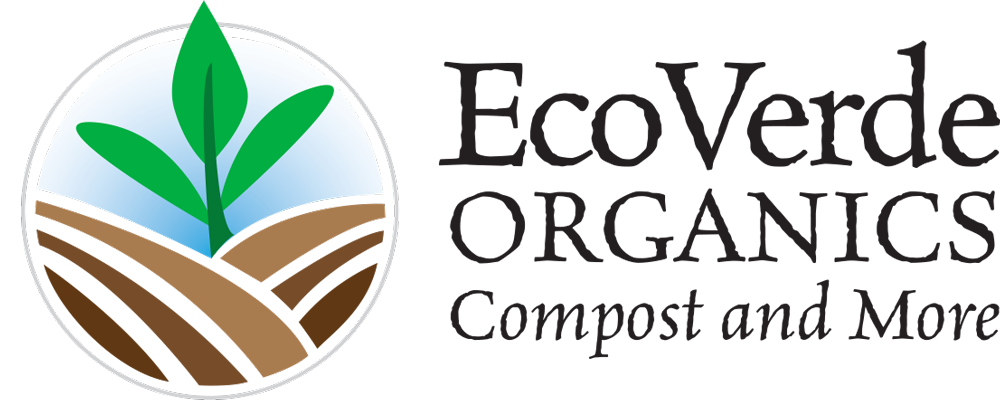This is one of the top five questions when gardeners or homeowners start talking about what to do with the “bad soil/lawn/hard clay” etc. All too often they head for a box-store “garden supplies” section, and—then what? Many buy the cheapest version of good-looking dark brown stuff and mix it into the garden. Maybe they’re lucky and bought compost, but probably not if they were keeping it cheap.
Compost is decomposed organic matter, that is ideally full of living microorganisms. It brings tired soil to life. All composts aren’t alike, but most composts are good enough to use to improve soil. Compost is best used by turning into soil to prepare a new garden or landscape bed. Or it’s mixed into a planting hole, blended with the original soil. It can also be spread on top of the soil to work itself in gradually. Many gardens and lawns benefit from annual or semi-annual applications of compost, spread over the old soil about 1/2 inch (lawns) and 2 inches (gardens).
Mulch is mostly chopped up organic matter, undecomposed, that is used on top of soil to block weeds or retain soil moisture, or to dress up a planting. Typical mulches are wood chips, shredded bark, straw, cocoa shells, or pine needles. Do NOT turn woody mulches into the soil, such as bark or wood chips, because they draw nitrogen from the soil to use in the decomposition process.
Compost goes IN. Mulch goes On
